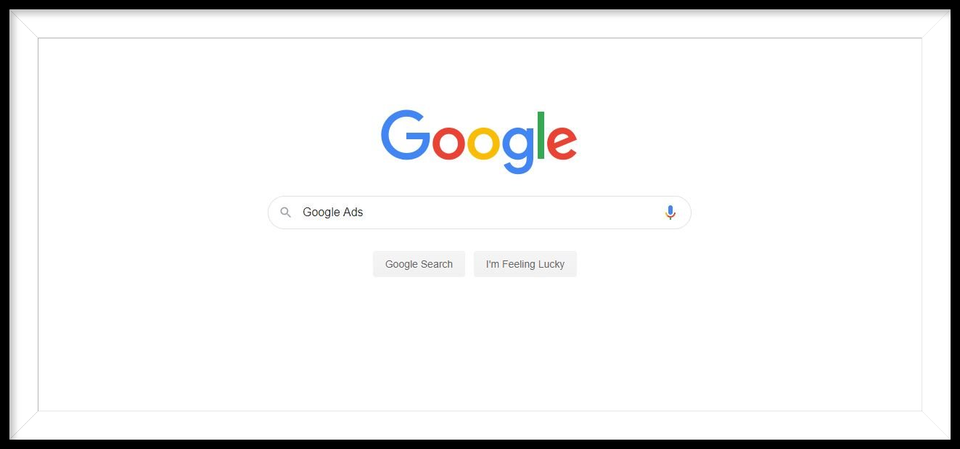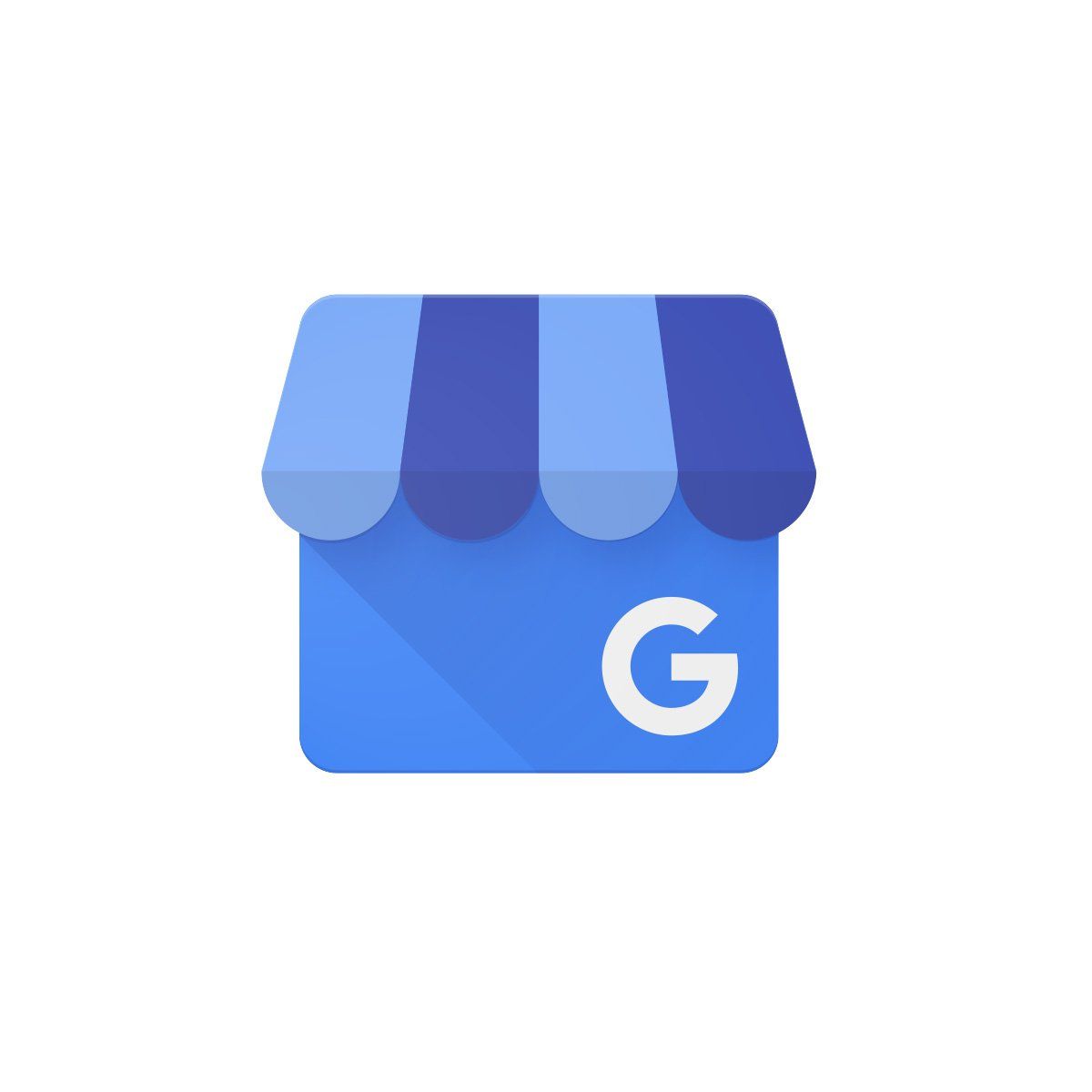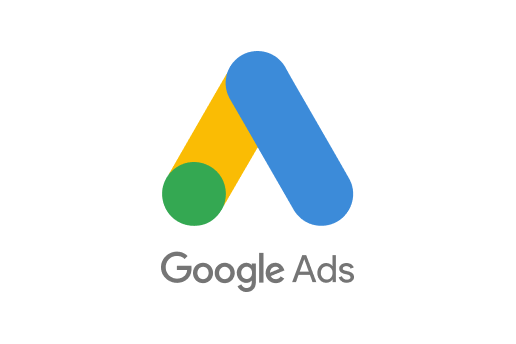The Essentials of Google Ads Marketing
Jeremy Robinson • February 23, 2020
Google Ads Marketing

Google is not an unfamiliar
name to most US businesses. The search engine giant owns over 90 percent of the US search market share. They estimate there are over 2 trillion worldwide Google searches every year offered in 150 different languages.
What some businesses may not know is that Google also has an impressive digital ad service that companies can leverage. The service, called Google Ads, helps generate almost $95 billion
in digital ad revenues annually.
If your company wants to know more about launching a Google Ads marketing
strategy, then this article is for you! Learn these essentials on how to use Google Ads here and you’ll soon see if it’s the right fit for your business.
What is Google Ads Marketing?
Google Ad’s is Google’s advertising platform that lets users bid for the highest rank on their Search Engine Ranking Page
(SERP). Companies with higher bids and more relevant ads are more likely to receive more webpage visits and subsequently, rank higher than their competitor’s sites.
Google Ads marketing is a valuable method for driving a good-fit customer or other high-quality traffic, to your company as they search for services or products like yours. A Google Ads strategy can bring more customers to your bricks and mortar sites as well as drive traffic to your website.
Getting Started With Google Ads
Google Ads requires a marketer to choose a specific Google keyword that pertains to their company. The marketer then competes with other marketers who are trying to make a bid on securing the same keyword in question. Marketers have three marketing channels to choose from when they submit their bids:
1. Pay-per-click: Amount to pay if a searcher clicks your ad
2. Pay-per-mille: Amount to pay for every 1,000 impressions
3. Pay-per-engagement: Amount to pay when searchers perform specific actions on your ad (i.e., watch videos, sign up for a mailing list).
What is Score Quality?
Score quality is when Google estimates the quality of your keywords, ads, and landing pages. A better quality ad will result in a better ad position as well as a lower bid price. On a scale of 1 through 10, a 10 is the best Google score you can achieve.
What is Ad Rank?
The bid amount a marketer provides combined with their company’s Quality Score will establish the estimated place where the marketer’s ad appears on the SERP page. This estimated place is called an ad rank. Google believes that if searchers are more likely to click on the marketer’s ad, they are more likely to complete a purchase.
Google Ads Categories
Google currently provides two different categories of online ads. These ads include a search network and a display network. Here are the details on both:
Search Network
Search Network ads will appear as text in Google’s SERP page for the specific keyword entered. Most Search Network ads will be highlighted on result pages with a green “Ad” logo next to it.
The primary benefit of search network ads is that they target demand harvesting users. Demand harvesting means aiming for those
searchers who are already aiming for your company and matching them to one of your services or products.
Display Network
Display Networks use other Google website partners to highlight your ad on their own sites. Some of these other partners include Youtube, Waze as well as Google’s Gmail along with millions more.
Display networks mean you can access the many ad formats available today. These formats include video, text or GIF images that can reach as many potential customers as possible.
Benefits of a Google Ads Marketing Campaign
Here are just a few benefits that a Google Ads marketing strategy can do for your business:
Existing Analytical Tools
Google Ads offers its Google Analytics tool that provides detailed information on how well your campaigns are performing as well as those campaigns that aren’t performing. This information is vital to collecting data on what’s happening on the other side
of your campaign.
You’ll also be able to see what your target crowd responds to so that you can improve your online ads. If you update these campaigns, you might see an increase in your site’s return on investment (ROI.)
Fast and Effective Ways to Get Noticed
Most websites rely on search engine optimization (SEO) to build visibility for their company’s site and record more visitors. Unfortunately, this method consumes many months of effort before the company might see any progress in their web traffic flow. Most companies can’t wait that long to see this kind of change.
Google Ads can generate the traction and attention your company website wants.
Google Ads display network creates a shortcut for you to enjoy the level of results and visibility you need.
Google’s display network doesn’t rely on text-based searches alone to identify potential markets or deliver ads. Their use of high-quality graphic formats can drive more traffic to your site and increase your sales.
Leverage other Google Properties
As mentioned previously. Google ads marketing also extends to their other properties like Waze and Youtube. Google display ads are also seen on over two million other websites as well as over 600,000 other apps.
Affordable
One of Google Ads’ many benefits is that it’s very affordable. Marketers will only pay when a searcher clicks on their ad and they identify what amount they plan to spend.
As ad campaigns become more optimized over time, the cost per click amount will start to decline. The final result will be an increase in site traffic to your site without the increased cost.
Multiple Customer Targeting Options
One of the biggest benefits of Google Ads includes its assortment of targeting options. Their preset options allow marketers to build a custom audience to aim for. Some of these options include:
Location Targeting
Google Ads will allow you to target certain geographic locations where you want your ad shown. You can select locations like a specific radius around a target area, a city, county or even an entire country. AdWords lets you target searchers reviewing pages about your targeted location, even if they aren't physically located inside your target area.
Behavior Targeting
Google’s display network, for example, can target a specific audience based on their previous web-behavior. Behavioral data marketers study includes websites visited, pages viewed or time spent at a specific website.
The display network can also steer towards particular demographics such as gender or age. Google’s algorithms can crunch device-identifying data like cookies or IP addresses. These algorithms can then predict a viewer’s age and gender without using specific email addresses or personal names.
Mobile Targeting
Mobile devices generate location data that marketers can analyze to identify where searchers are physically located when they search a site on their phone. Google Ads analyzes mobile location data so that marketers can time their ads to reach their audience at just the right time.
Google Ads marketing also provides mobile-friendly landing page layouts as well. These layouts include text, images, videos and links that can be easily seen from smaller screens found on tablets or smartphones. Mobile-friendly also includes easy call-to-action buttons that a viewer can activate from their phone and not have to complete the transaction from their desktop machine.
Language Targeting
One Google Ads preset option is language campaign targeting. Google Ads provides more than 40 language target options to choose from.
Language targeting helps marketers trying to reach a world- audience with language-specific messaging, who are located in countries where multiple languages are spoken. Language targeting appears on Google properties such as Waze Gmail or visited sites in the searcher’s native tongue.
Time Targeting
When marketers collect and analyze cellular GPS data and point-of-sale system data, they’re able to determine when customers are inside a store shopping. Google Ads lets marketers choose specified hours in the day to place their ads and reach the optimal amount of viewers who are about to make a purchase.
Remarketing to Previous Traffic
Google Ads lets you remarket to viewers who previously visited your site. Google collects cookies from previous viewers who showed promising behavior on your site but didn’t convert. This “promising behavior” might include visits to your details page or actual purchases.
Google Ads lets you create unique ads that can appeal to the searcher’s expanded needs. These ads might include products that complement a previous product purchased or discounts for repeat customers.
Conclusion
Google Ads can be a profitable improvement to your company’s bottom line. Google Ads allows for a high return on advertising investments because you only pay for ads searchers click through. Google Ads also allows you to provide personalized service to repeat customers and gauge your ads to complement their previous behavior with your site.
You can find out more about this advertising strategy as well as other important digital media strategy concepts
on our website. If you’re ready to launch your own company’s Google ads marketing campaign, give us a call. We’d love to hear about your digital marketing needs.








